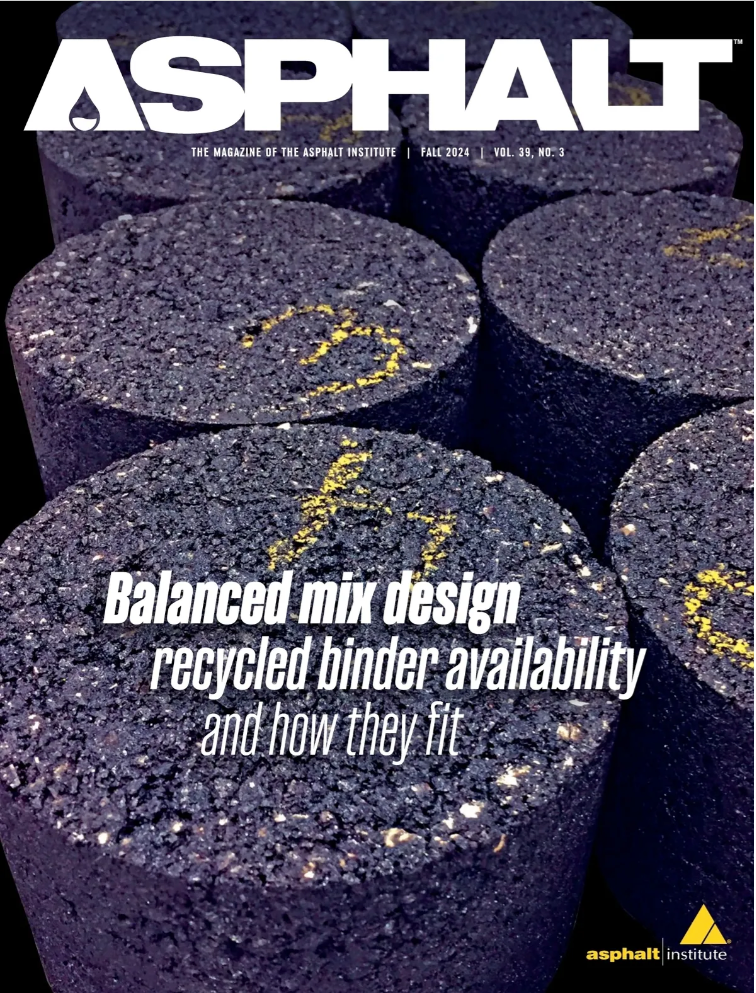BMD in South Carolina
BMD in SC

I recently saw an interesting article in Asphalt Magazine regarding BMD, recycled binder availability and how they fit. I found it interesting that SC is highlighted as one of the few states that consider binder availability in RAP and RAS, however it appears other states are starting to see the same thing with their own mixes, they are dry and not durable. SC saw this several years ago and they started years ago by dropping the N design numbers of most designs to increase overall binder content. The next step was not targeting 4.0 percent air voids, allowing the design technician to have the freedom to go to 3.0%, especially on virgin designs. The final step to increase binder content was adopting COAC (corrected optimum asphalt content) by using a 75% availability ratio (RBA) or Recycled Binder Availability. This was ultimately a shot in the dark, but a good reasonable starting point that eliminated some risk by adding back too much binder.
I personally have extracted hundreds of RAP and RAS samples in my past career at DOT and you will find recovered PG values all over the place. We also realized to be reasonable with RAP and RAS stockpile management, we must consider replenishment. I don’t have many producers that have enough acres on their site to have 10 stockpiles of RAP and RAS. Most producers choose to process their RAP by fractionating to produce coarse and fine RAP. This helps with the blending of multiple sources and aids in the overall control of the material being fed into the asphalt mixture. RAS must be crushed to meet the gradation requirement, but we have all learned the finer the better when it comes to RAS. The RAS availability factor is very low in my opinion, and it often acts more like a filler in the mixture, but it adds to mixture stiffness. We will likely see less availability factor in the future as the trend to produce a mix at cooler or warm temperatures will not aid in the binder becoming soft enough to aid in the coating process. However, coating as you know comes mostly from the fines, and the recycled material already has a somewhat uniform film thickness of old binder will not absorb as much of the virgin binder.
Performance testing is very much part of the BMD process and SC is doing a good job of validating the air void regression mentioned earlier and the reduction of gyrations, and COAC. I would think we are in “Approach B: in the current AASHTO standards. The current tests include APA for rutting and the Ideal CT for cracking. The APA has been used in SC since the late 90’s with Superpave and has been a trusted test, while the Ideal CT is somewhat of a new tool, the concept of ITS has been around a long time. The issue is obtaining consistent and reliable results with the Ideal CT, and we must continue to benchmark until a better mouse trap is developed.
So, with all his being said, I feel SC is in a good place with the current mix design methods.
Asphalt Magazine Link:
https://lsc-pagepro.mydigitalpublication.com/publication/?m=21825&i=833089&p=8&ver=html5
